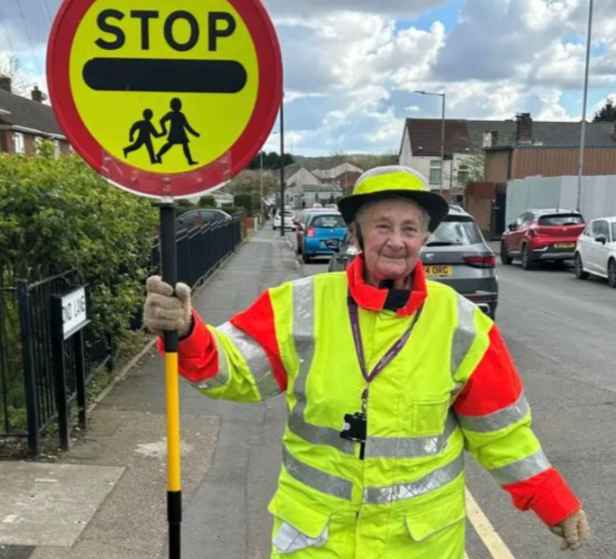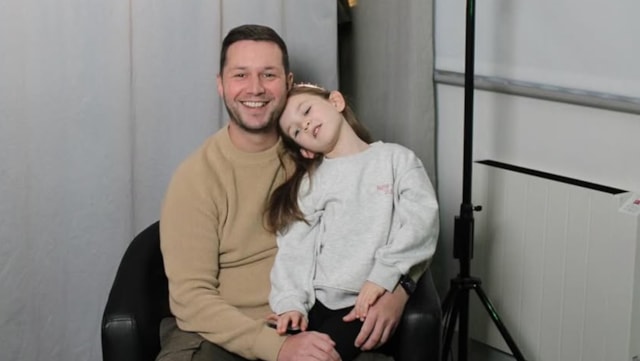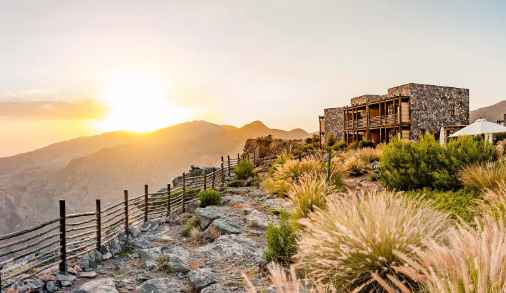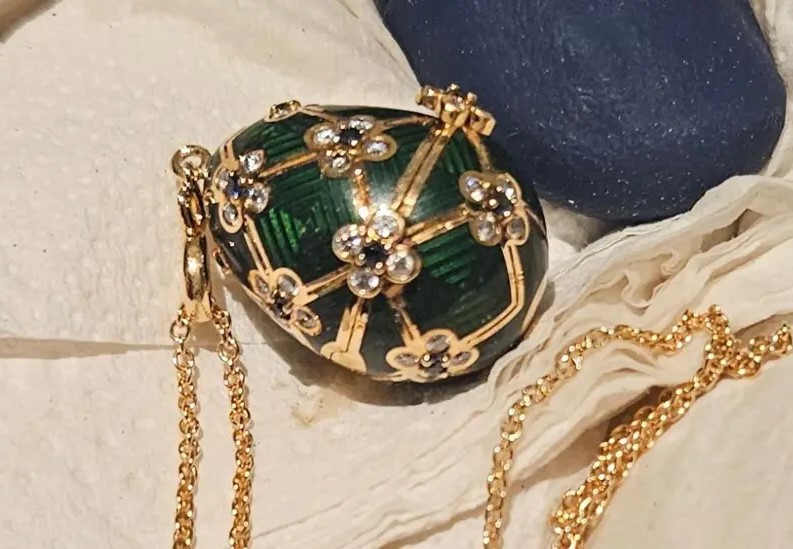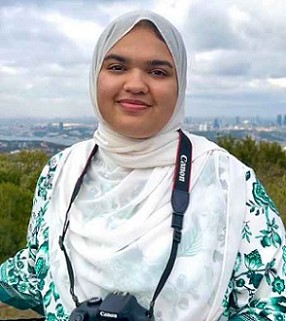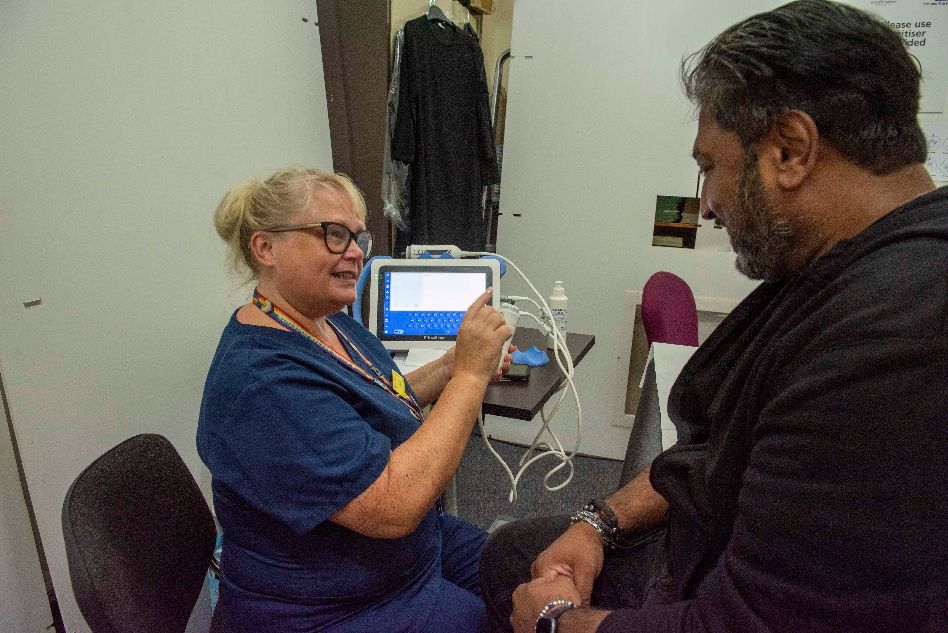Question: Were dinosaurs hot, as in hot lovers? Answer: probably yes, when they were “in heat.” This is a serious scientific question. We know some dinosaurs had flamboyant head gear: horns, frills and crests. Add the evidence that many had feathers and were related to birds, and a whole new vista of possibilities opens regarding their courtship, mating and display activities. Like birds, some of their closest cousins, the carnivorous 'theropod' dinosaurs may have engaged in colorful display. They say: “if you've got it flaunt it.” We may think of carnivores like Allosaurus and T. rex as cold-blooded killers, but they may have been amorous as well. And the evidence? Some is indirect, based on theropod family tree relationships to birds, those masters of showy displays arising to emotional peaks in the breeding season, but some evidence is more direct. It is just this direct evidence, reported in the prestigious journal Scientific Reports, (Jan 7th) that has allowed Martin Lockley, dinosaur tracking professor of geology at the University of Colorado Denver to lead an international team of trackers to unearth actual physical evidence of dinosaur love fests right here in Colorado.
When asked what this evidence looked like Lockley said “we've found several large areas where tracks of carnivorous dinosaurs are found with dozens of large scrapes some the size of bath tubs.” He quickly added that “many modern bird species engage in a behavior known as 'nest scrape' display or 'scrape ceremonies' where males show off to females by excavating “pseudo nests.” The areas where they do this are called “display arenas” or “leks.” Lockley said the largest arenas, found in two National Conservation Areas (Dominguez-Escalante and Gunnison Gorge), in the Uncompahgre District, near Delta, Colorado, have more than 50 scrapes covering areas that probably extended for several acres. “These are also the first sites with evidence of dinosaur display rituals ever discovered, and the first physical evidence of courtship behavior.” Such evidence supports paleontological ideas about dinosaur mating display, that were previously based only on purely speculative comparisons with modern bird behavior.
Lockley's 15-strong tracker team is truly international with six Colorado residents, three Koreans, representing the National Research Institute of Cultural Heritage, which partly funded a three year joint dinosaur tracking project in Colorado and eastern Utah. The team also includes two Canadians, a Chinese colleague, and two Polish paleontologists, who like Lockley, are associated with Moab Giants, a new museum devoted to tracks in eastern Utah, where the display arena story is being worked into the exhibits. The team also includes three Bureau of Land Management (BLM) employees who have worked closely with the team for several years assisting in state-of-the-art 3D photogrammetric documentation of the sites at the locations on BLM-administered land in western Colorado.
The rock formation in which the scrapes occur, is the Dakota Sandstone, also found all along the Colorado Front Range, including Dinosaur Ridge. In fact one of the traces described comes from this area. This 100 million-year-old rock unit has yielded the tracks of both carnivorous and herbivorous dinosaurs, crocodiles, turtles, pterosaurs, horseshoe crabs and other invertebrates. “The best candidate for the amorous scrape-making dinosaurs is the probably the carnivore known as Acrocanthosaurus” said Lockley. We can imagine these large dinosaurs, with feet up to 18 inches long, and bodies 20-25 feet, scraping sandy substrates near the shores of the famous Cretaceous gulf known as the Western Interior Seaway. They were probably not only excited but impressively vocal. It was perhaps like Spring Break in the Cretaceous: courtship has a very long history. Team members pointed out that one cannot remove such large scrape marks by removing the gigantic slabs of rock in which they occur. According to BLM Wyoming State Office Regional Paleontologist Brent Breithaupt and Neffra Matthews, a BLM paleontologist at the National Operations Center in Denver , “ because the traces cannot be removed without damage, and as required by BLM permit stipulations and the Paleontological Resources Preservation Act, the traces were documented using 3D digital photogrammetry.” Both BLM staff and their Canadian colleagues, creating a digital 3D data set for interpreting and monitoring the site over time. This data was also used in the scientific publication on the sites. In addition, several of the scrape patterns have been replicated by making rubber molds and fiberglass hard copies, held at the Denver Museum of Nature and Science. “These huge trace fossils tell a fascinating story” said curator Joseph Sertich, adding that “they fill a gap in our understanding of dinosaur behavior.”




